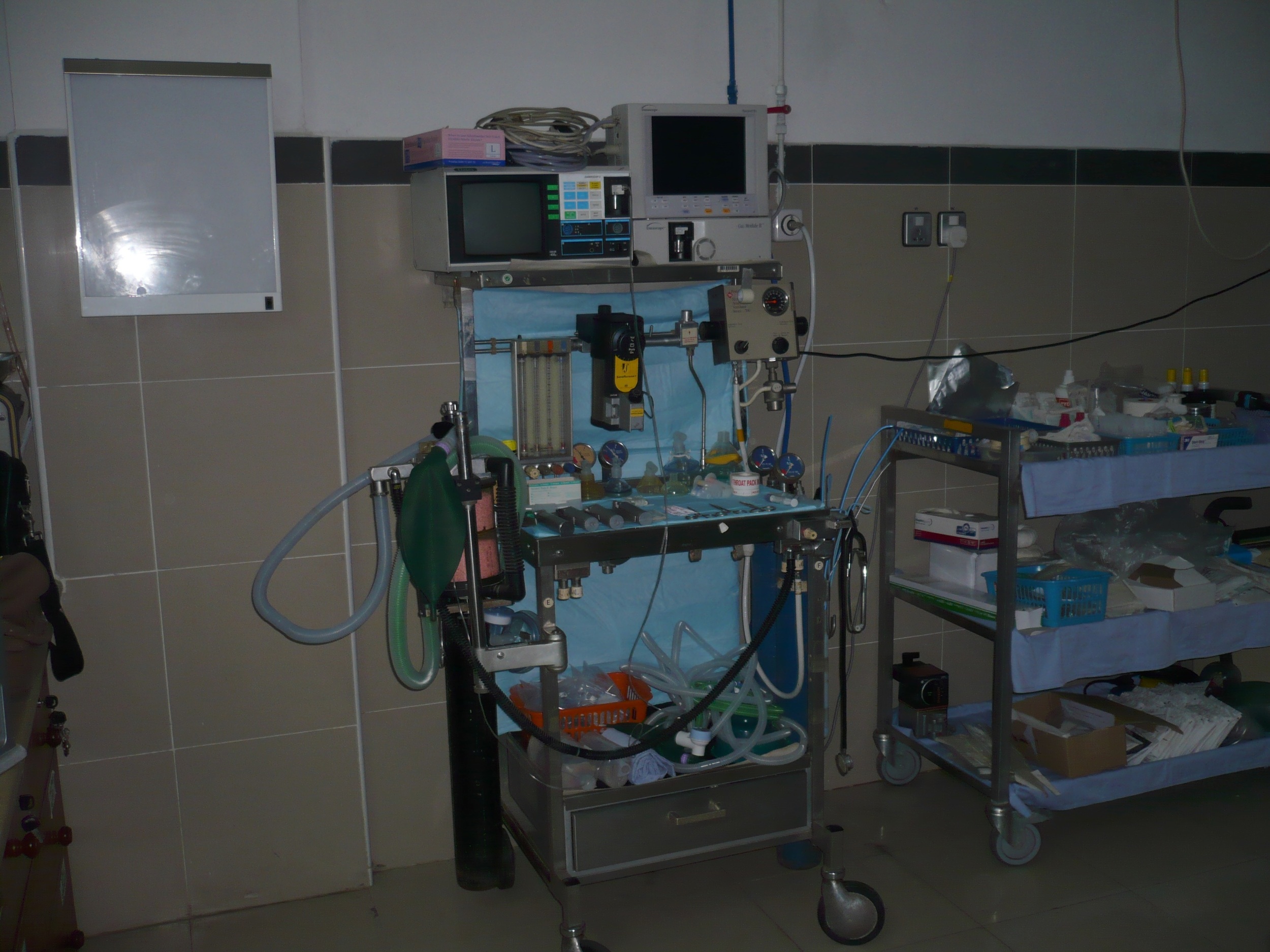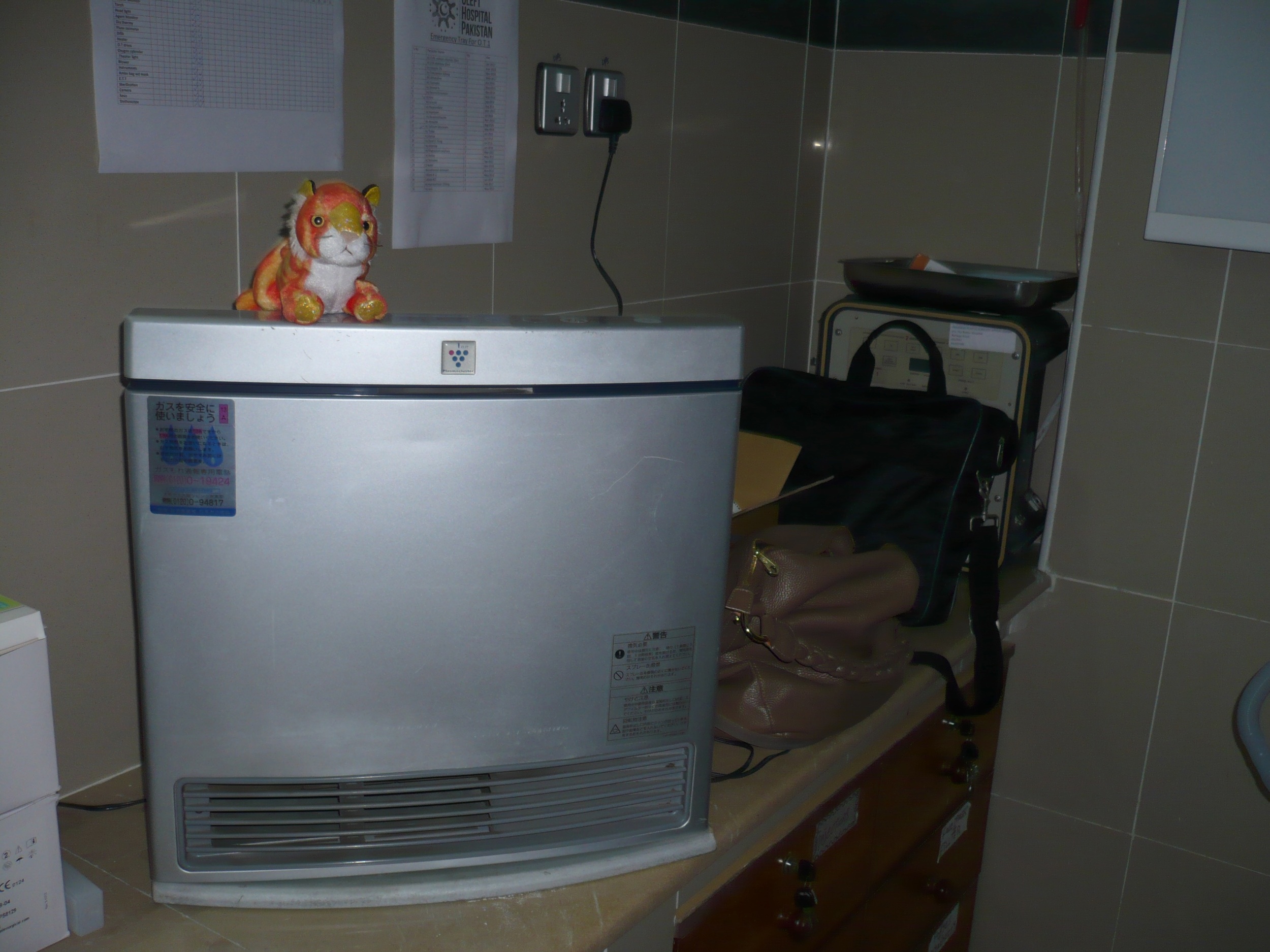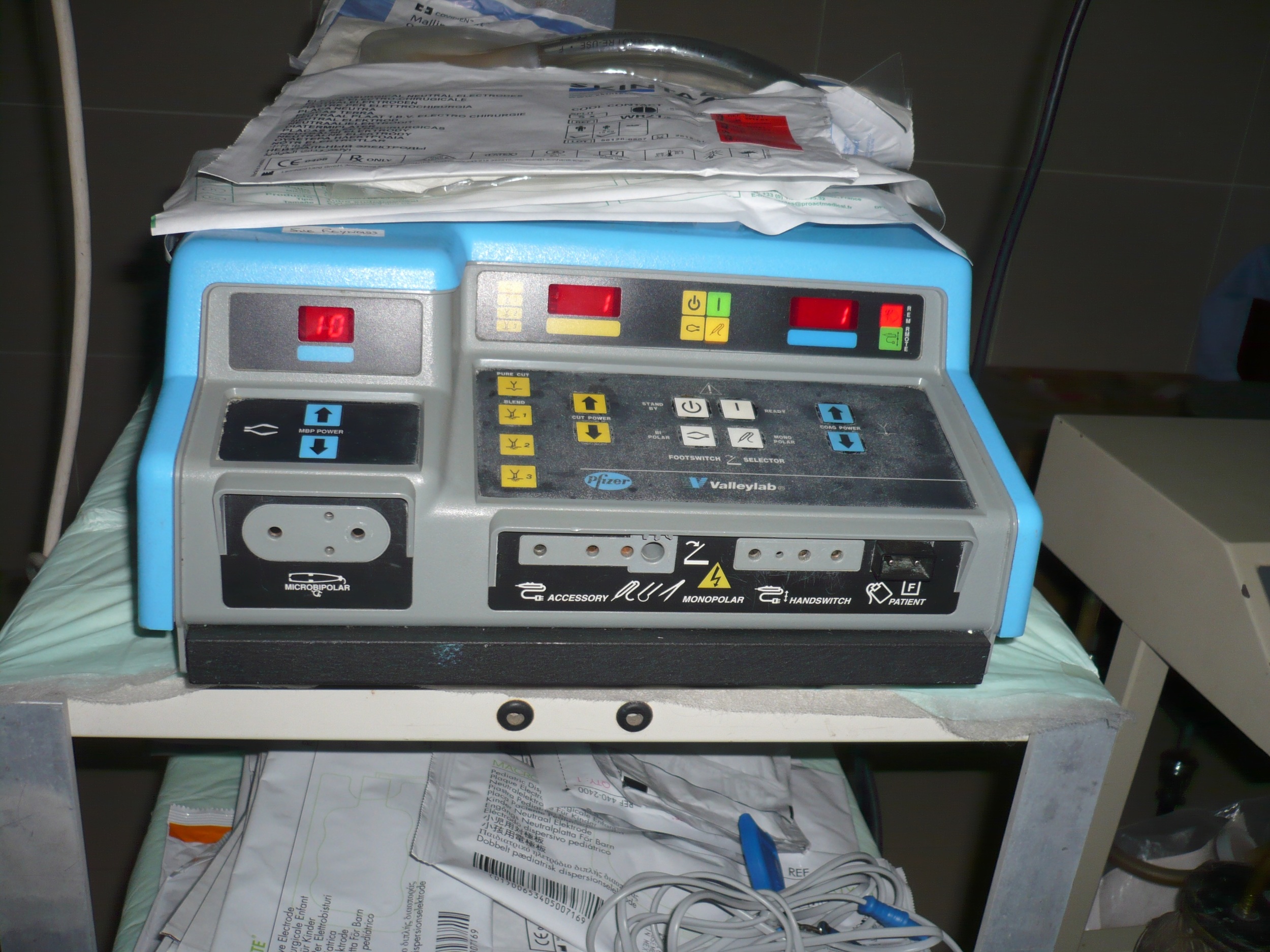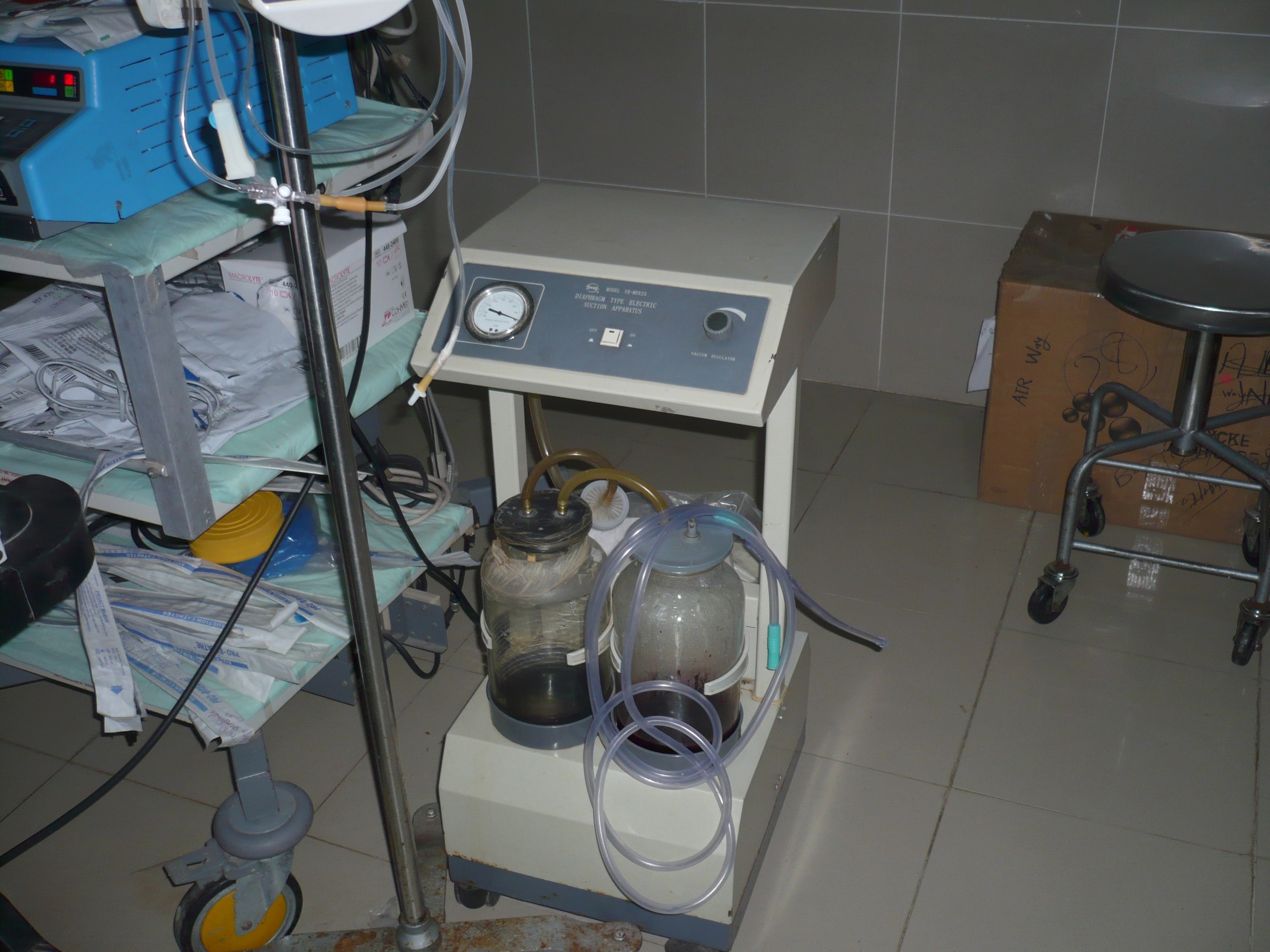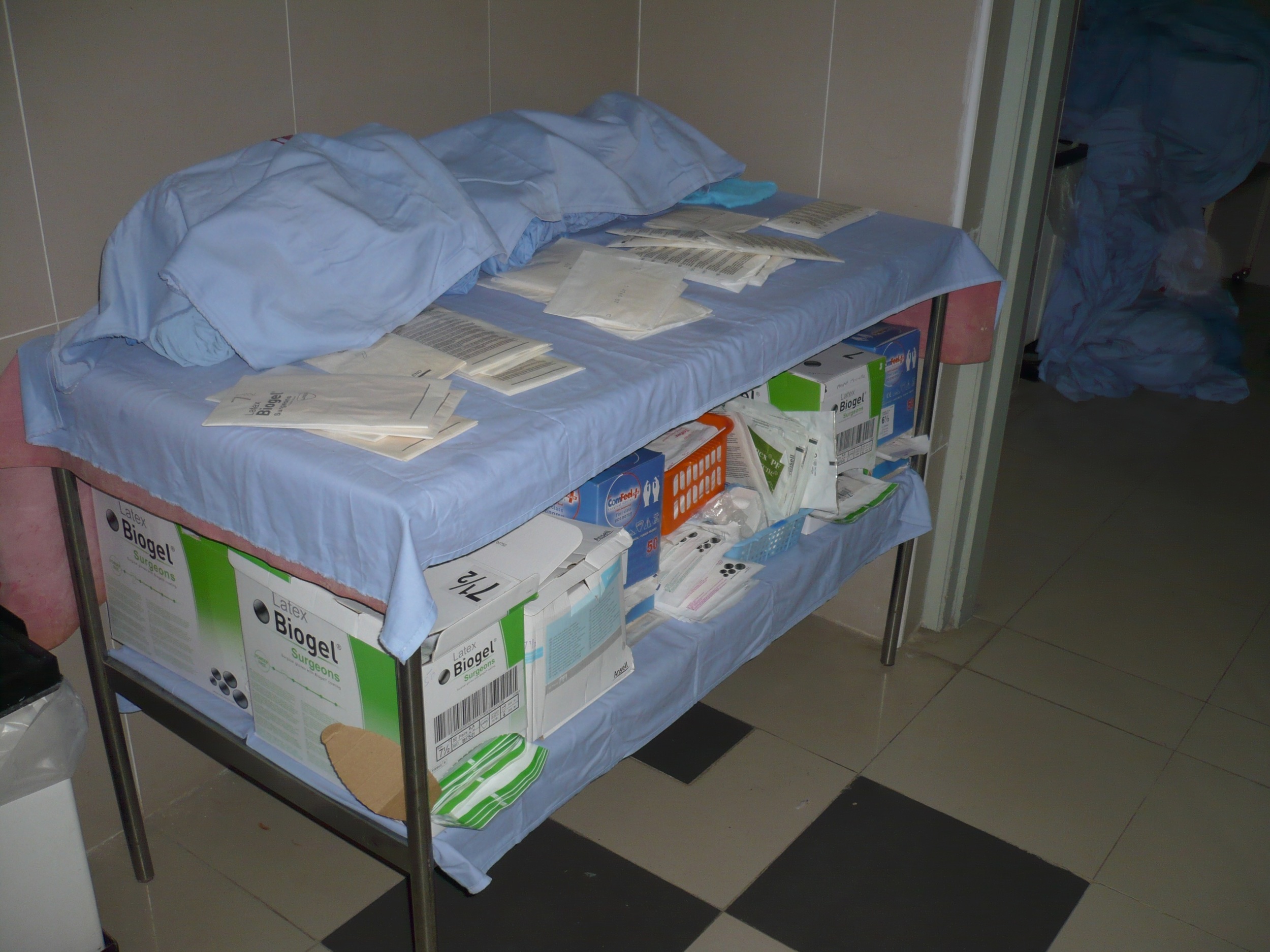Most of the anaesthetic equipment has been either donated (in some cases from NHS hospitals when it has been de-commissioned by them, but more usually has been purchased by OPSA with the funds raised throughout the year. St Hugh’s Hospital in Grimsby has donated anaesthetic machines previously.
To put it in perspective, a basic, yet fundamental anaesthetic machine would cost approx. £8000 - this is without any of the patient monitoring equipment, which in itself costs thousands of pounds when purchased new. The anaesthetic machine delivers the anaesthetic gases in a controlled way. In simplistic terms, the patient monitoring equipment helps to guide the anaesthetist in what drugs and gases to provide, in what quantity, and at what stages of the procedure - so is of vital importance.
The Hull & East Yorkshire Hospitals NHS Trust donated patient transfer trolleys no longer in use. These came complete with ‘bumpers’ (a similar principle to those which we buy for babies’ cots). They have been of enormous value and continue to be in use. They also donated a cautery machine, which had been decommissioned and then went on to be used for training general surgeons. When they replaced this, they donated it on to OPSA.
Dr Rafique keeps very busily sourcing second-hand anaesthetic equipment at the right price, which is then shipped over to Gujrat Pakistan, usually once a year, or when there is enough to justify shipping. He has recently sourced and purchased monitoring equipment, which is vital to the safety of the patients during surgery. These two pieces of equipment cost £1500 and £2000 respectively, second-hand. To buy these new would cost +/- £8000 each
The surgical instrumentation, over time, has been replaced. Initially, we begged, stole and borrowed to see us through. Used the very antiquated equipment that was available at the hospital, but as the service has continued to grow it became apparent that and while the surgeons don’t need a lot of instrumentation to do the necessary procedures, what they have has to be of a good standard. So we invested in this and continued to review and update.
The instrumentation we use is manufactured in Germany and is what many Plastic Surgeons use in their NHS practices in the UK. This means there is some quality control, and we return it to the UK for servicing and maintenance.
Just to reassure you, before any of the second-hand equipment is used it is checked over by medical technology experts and put through robust safety testing!
Regarding the consumables (the disposable equipment that we need to take each year), St Hugh’s Hospital once again supports us massively. What they are unable to provide we purchase from the NHS. This cost for this and pharmacy items totals approximately £2500 per trip.
The stitches which we use are hugely expensive, and in the past Ethicon (a Johnson & Johnson company) have donated some of this material.
However, we cannot rely on them because they have an already enormous demand on their generosity from other major charities. The cost for stitches alone is in the region of £1000 - £1500 per trip. And this is as a result of having very‘thrifty’ surgeons!
This is why public donations and fundraising efforts are so very important to us. To arrange a fundraiser or donate today, visit our website at opsacharity.com.
Because the equipment is often second-hand, we are constantly looking to upgrade it, on the grounds of improved medical technology and patient safety.
Currently, we are looking to source further patient monitoring for the Recovery/PACU area – it is equally important to look after our little patients once they have had their surgery, as during it! We also need a second cautery machine, 2 suction units, one for each of the theatres currently in use, and additional surgical instrumentation.
As the service improves and evolves in line with the needs of the patients and the complexity of the surgeries, more equipment is needed, so it is a constant task to keep up with this.
Thank you
The OPSA Team


